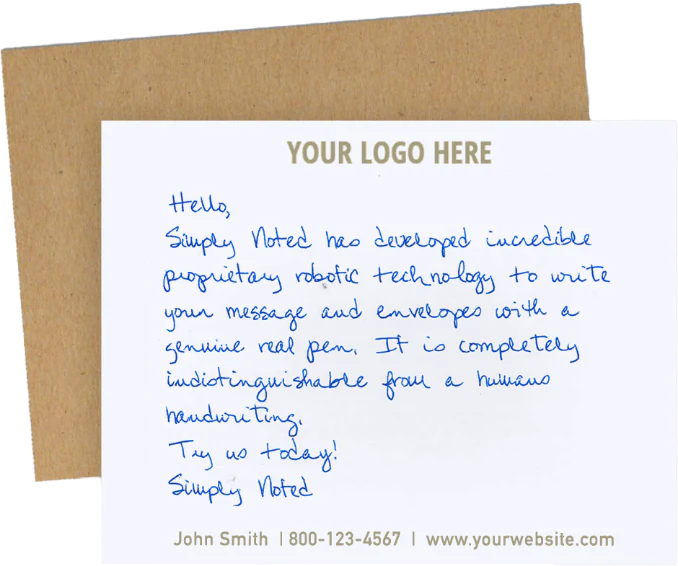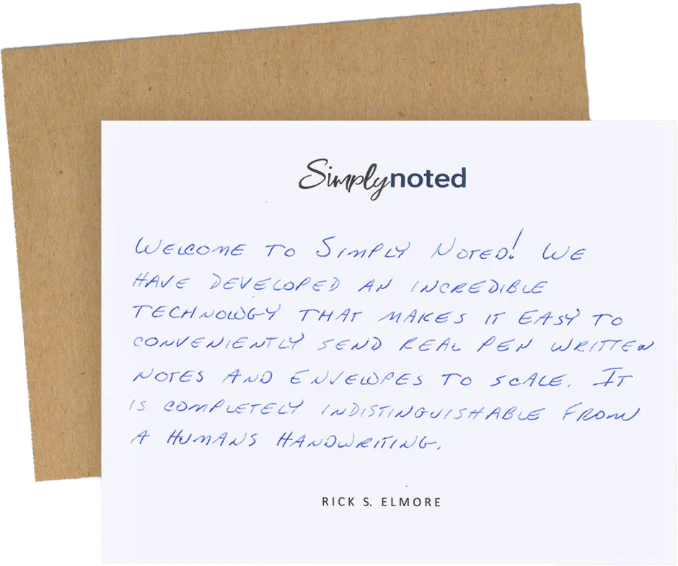5 Best Business Letter Salutations

Business letter salutations might seem insignificant compared to the rest of your letter’s content, but in truth, the way you greet your recipient sets the tone for the rest of your communication. When you get it right, you create an opening for fruitful interaction — but get it wrong, and you might shut your reader down before they begin.
The best business letter salutations are straightforward, lacking any sentimentality. They open the conversation with strength but without any malice or intimidation. They’re friendly, approachable, and most critically, neutral.
The five salutations we discuss in this article cover a narrow range of appropriate conversation starters pivoting around that neutral center, from slightly informal through mildly sentimental. The outside edges are best reserved for business contacts with which you have an established, amicable relationship.
SEE ALSO: Handwritten Business Letters: How They Can Help Your Business
WHY ARE BUSINESS LETTER SALUTATIONS SO IMPORTANT?
The salutation is your letter’s equivalent of an in-person “hello.” Now imagine you’re standing in front of a judge, fighting a parking ticket. Do you greet them with “Hey, Judge. What’s up?” Of course not. That salutation is far too informal for a courtroom — your case likely won’t go well. Similarly, if you met a client for coffee and started the conversation with a salutation intended for a love interest, do you think you’d get an uncomfortable stare? And if you wrote a referral thank you letter and started it with "Yo, thanks, dude!" do you think your client would think twice about referring someone in the future?
The wrong salutation, or one used in the wrong context, can ruin your chances of communicating effectively. Personal communications with friends and family allow considerably more latitude, but in a business setting, you have to take care not to be too informal or too sentimental. Many people consider both extremes lax and unprofessional. They may feel you’re making undue assumptions about the status of your business relationship.
SEE ALSO: Gratitude is a Business Strategy

5 OF OUR FAVORITE BUSINESS LETTER SALUTATIONS
These five letter-openers are the ones we use most often. They’re expansive enough to cover nearly every one of our business associates. Let’s dive in.
“Dear [contact name]:”
This is the original business letter salutation and still the grand champion. “Dear” is useful in all contexts, from close personal relationships to perfect strangers, cold calls to warm. You can use it safely in any context, business or otherwise, with every single person on the planet (some translation required.)
“Hi, [contact name],”
As mentioned, “Dear” is universal. As a result, using it with friendly business relationships can feel overly official. For contacts you enjoy a genial relationship, you can afford to be slightly informal. “Hi” fits comfortably in the role. It’s affable without making assumptions. You can use it with most contacts, providing you have an established relationship.
“Hello, [contact name],”
This is similar to “Hi” but veering more sentimental than informal. If you have a care-based relationship with a contact, “Hello” is effective. A doctor’s office might use “Hello” with its patients. Similarly, a non-profit might address donors this way. “Hello” is slightly more formal than “Hi” allowing it purview over more intimate professional relationships.
“Greetings, [contact name]:”
“Greetings” pushes informal business letter salutations as far as they should go. This greeting is friendly, with a small hint of personality. It assumes an established relationship, particularly one that’s progressed from pure business associate to some level of friendship. The greeting can also be used with contacts you’ve never met before, particularly those with which you want to create a friendly rapport.
“Dear [position]:”
We include this last greeting for the rare instance where you don’t know your contact’s name and can’t locate it despite your best efforts. As you’ll see in the next section, you should try your best to get a contact name every time. Using a generic salutation can be met with negativity.
However, if you do your best and can’t find a contact name, it’s likely that you aren’t alone, and the recipient is used to getting generic business letter salutations. When that is the case, use the universal “Dear” greeting along with their position name. At the very least, the position name shows that you tried to personalize your letter.
SEE ALSO: 4 Formal Business Letter Samples

BUSINESS LETTER SALUTATIONS TO AVOID
You really can say the wrong thing. Here are a few of the worst ways to open your business letters.
“To whom it may concern,”
This phrase might seem practical — it allows you to greet an unknown party universally — but in truth, it’s one of the worst offenders. It fails for two reasons:
1. It says to your recipient that you didn’t do your research. Not knowing your contact’s name isn’t a valid excuse. If you want to reach the hiring manager at a company, search their website or make a call. Find out their name and use it. Otherwise, you look lazy.
2. It gets ignored. When people see “To whom it may concern” they assume it’s a cold marketing message or that your letter isn’t otherwise for them and they pitch it in the trash.
This reasoning is true for any generic salutation that doesn’t mention personal details. “Dear Sir or Madam” is another good example. These generic greetings show your recipient that you couldn’t be bothered to learn a single thing about them.
“Hey there!”
You could substitute any overly informal greeting here — “What’s up!,” “Yo!,” and “What’s cookin’?” all come to mind. There are phrases best reserved for personal communications among friends. They risk watering down your message and chipping away at its professionalism.
Misspelling a Name or Getting it Wrong
This gets back to our earlier discussion concerning research. How well-received do you think your letter will be if it goes to the wrong person, or if you spell the right person’s name wrong?
These two are mistakes you should avoid at all costs — and you can if you do your research. Double-check the accuracy of your contacts before you approach them the first time, or it might be your last.

WHY YOU SHOULD SEND MORE BUSINESS LETTERS AND FEWER EMAILS
Businesses are built on relationships. When communication counts, it’s better to mail a handwritten letter than send it digitally.
Email has brought us near-instant written communication, greasing the wheels of commerce. Simultaneously it’s removed the heart from the communication process. Emails are cold and impersonal, requiring little mental or physical effort.
Thanks to this article, you’ve got the right salutation. Now you need to make an impact, and Simply Noted can help. We create fully authentic-feeling automated handwritten cards for businesses and individuals. Regardless of your order volume, we’ll pen-write, stamp, and mail your personalized, handwritten cards on time, every time. It’s the best way to get handwritten business letters done.
SEE ALSO: What to Say in a Business Thank You Card























